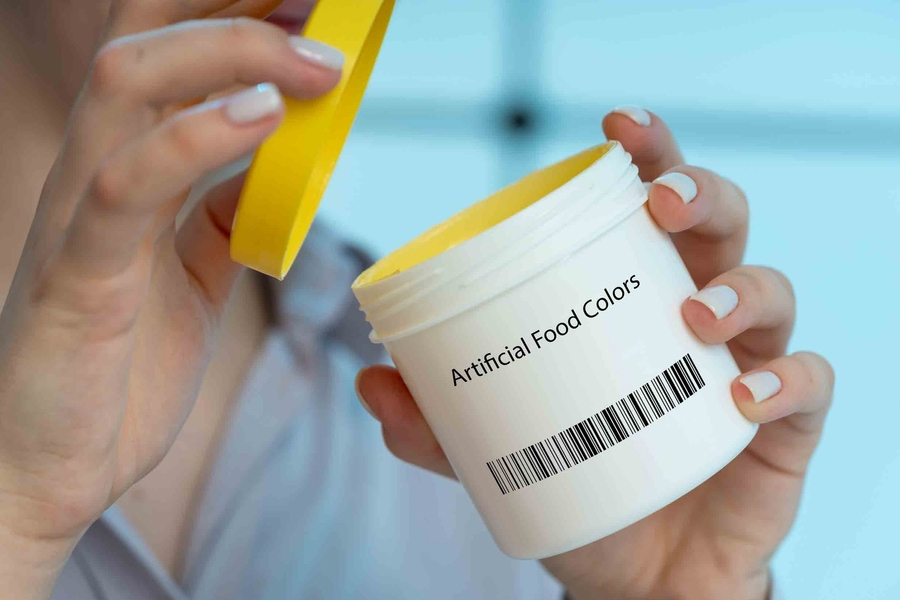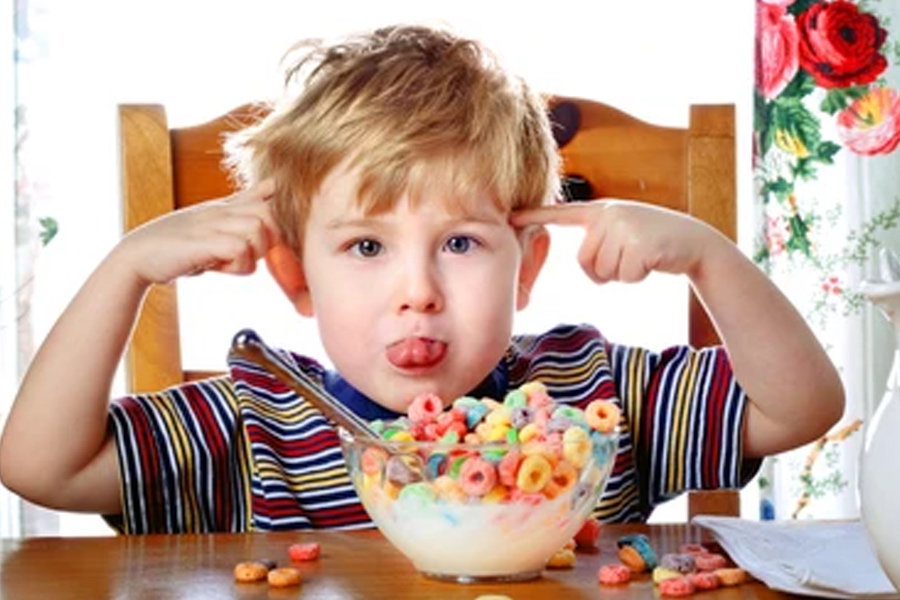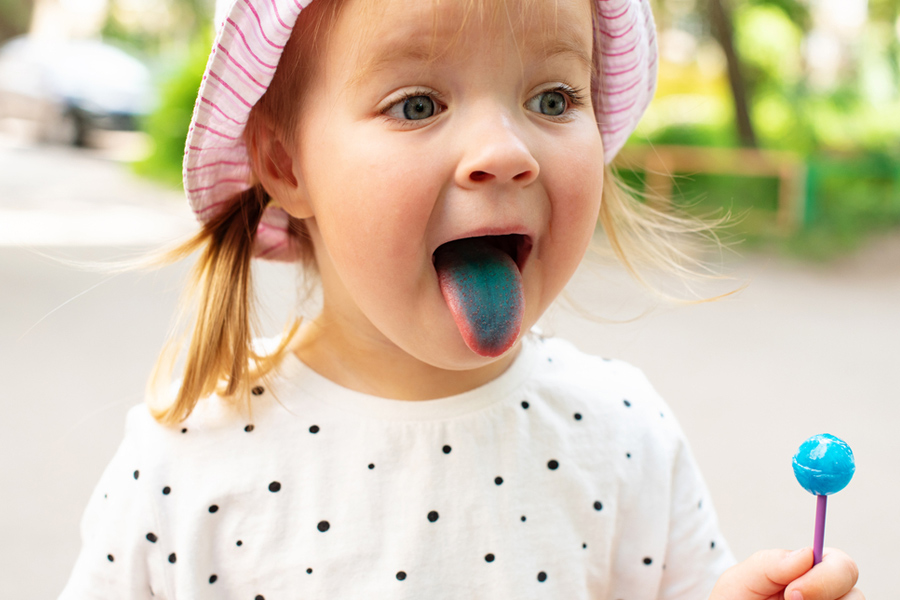
With a wide array of food options available for both adults and children, many people feel confident about their dietary choices. However, have you ever stopped to consider the health implications of these foods, particularly for your kids?
Table of Content:-
In today’s time, food colours and additives are extremely common, particularly in processed foods to attract children's attention. While these make meals more appealing, artificial food colourings or dyes may carry potential risks. Therefore, it is not only crucial to educate children on the importance of choosing whole, natural foods but also to inform parents about the adverse effects of artificial food dyes.
Also Read: Karnataka Health Dept Cracks Down On Carcinogenic Colours In Pani Puri: Report
What Are The Most Common Artificial Food Colours?

According to a 2016 study published in the journal Clinical Pediatrics that examined the presence of artificial food colours in grocery store products marketed to children in North Carolina in 2014, over 40% of the 810 products analysed contained artificial food colours, with Red 40, Blue 1, Yellow 5, and Yellow 6 being the most common.
Candies, fruit-flavoured snacks, and drink mixes had the highest percentage of these artificial colours, researchers noted.
"Though generally considered safe by the US Food and Drug Association (FDA), concerns about potential allergic reactions and long-term health effects have led to increased caution," Dr Srabani Mukherjee, Consultant - Nutrition and Diet, Fortis Hospital, Anandapur, tells the OnlyMyHealth team.
She adds, “There is some scientific evidence linking artificial food dyes to hyperactivity and behavioural issues in children. Several studies have suggested that a combination of certain artificial food dyes and artificial sweeteners (particularly sodium benzoate) may contribute to hyperactivity and behavioural problems in children. However, the results of these studies have been mixed, and the exact mechanisms underlying this link are not fully understood.”
“It's important to note that individual sensitivity to food dyes can vary, and further research is needed to establish a definitive causal relationship,” she shares.
Harmful Effects Of Artificial Food Dyes For Children

Dr Mukherjee says, “While the short-term effects of food dyes on children's health are relatively minor, their long-term impact remains a subject of ongoing research. Some studies have suggested potential links between certain food dyes and allergic reactions, asthma, and behavioural issues.”
A 2022 study by the California Office of Environmental Health Hazard Assessment (OEHHA), published in the journal Environmental Health, investigated the potential link between synthetic food dyes and neurobehavioral issues in children.
By reviewing both human clinical trials and animal studies, the researchers found evidence suggesting a link between food dye consumption and adverse behavioural outcomes, particularly in children with existing behavioural disorders.
Also Read: Impact Of Artificial Food Colours On Your Health
A previous study (2012) published in the journal Neurotherapeutics suggested that while artificial food colours may not be a primary cause of Attention-Deficit/Hyperactivity Disorder (ADHD), which is a mental health condition that affects a person's ability to focus, control their impulses, and sit still, they can contribute to behavioural problems in children, both with and without the disorder.
The mechanism behind this effect is not fully understood, but it may involve factors like nutrient deficiencies, genetic susceptibility, and brain activity, the study noted.
Hence, it is generally recommended to limit your child's intake of processed foods containing artificial dyes and to opt for healthier, whole food options.
Healthy Alternatives To Artificial Food Dyes For Children
Rather than opting for packaged, processed foods full of artificial food colours, you can choose natural food dyes derived from fruits, vegetables, and plants, such as beetroot powder, turmeric, and spinach extract, which can provide vibrant colours without the potential risks associated with artificial dyes.
According to Dr Mukherjee, these natural alternatives are generally considered safer and may offer additional nutritional benefits. However, it's important to note that the intensity and stability of natural colours can vary, and some may have subtle flavour differences.
How Parents Can Limit Artificial Food Dyes In Their Children’s Diet

To limit or avoid artificial food dyes in your child's diet, consider the following guidelines:
- Read labels carefully: Check ingredient lists for artificial colours, often listed as "FD&C" followed by a number.
- Choose whole foods: Opt for fresh fruits, vegetables, and whole grains, which naturally contain vibrant colours.
- Be mindful of processed foods: Limit consumption of processed snacks, candies, and beverages, which often contain artificial dyes.
- Explore natural alternatives: Look for products labelled as "naturally coloured" or those using natural food dyes.
- Consult with a paediatrician: If you have concerns about your child's diet or potential sensitivities to food dyes, consult with a healthcare professional.
Conclusion
Artificial colours make food more appealing. However, they can be extremely harmful for health. In children, these artificial food colours have been linked to behavioural issues, and therefore, experts recommend switching to natural and healthy alternatives. Ensure that you give the best to your child and do not compromise with their health.
Also watch this video
How we keep this article up to date:
We work with experts and keep a close eye on the latest in health and wellness. Whenever there is a new research or helpful information, we update our articles with accurate and useful advice.
Current Version